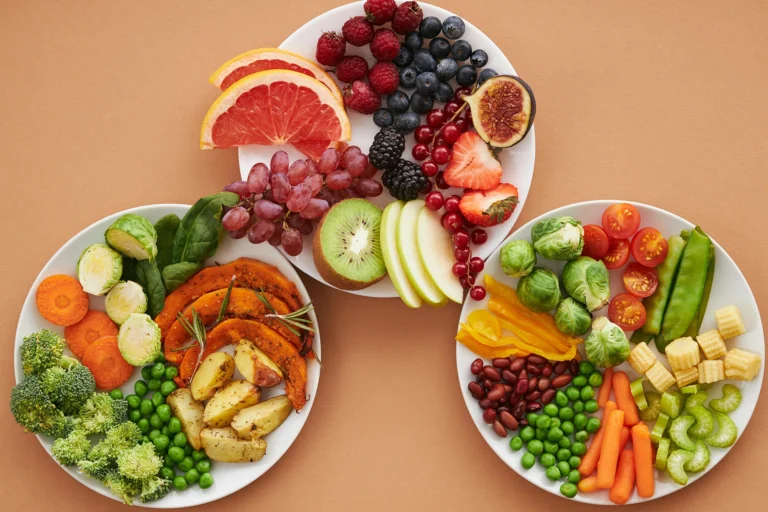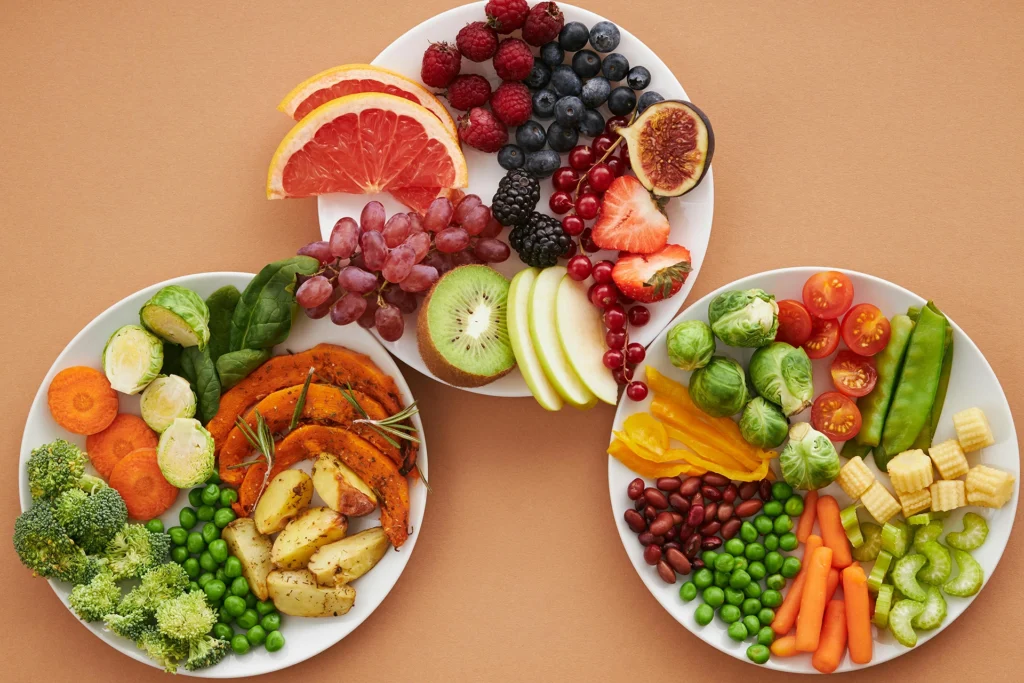A-B-Cs: Always be Counting Making it Easy to Boost Microbiome Diversity!
By
Jasmine Cap

People often use tools to help them stay accountable for daily responsibilities and activities that significantly impact their lives. That is why after experiencing the pain of forgetting school essentials at home—my laptop charger and headphones—I created a packing list that I checked off each morning. As the weeks went on, a physical note became a ‘mental note’ which built into a habit, and the benefits of staying on track were met.
Though the consequences of what we eat each day may seem less evident at first than your laptop running low on battery, our meals can impact gut microbial composition within 24 hours. Additionally, if we can take daily, measurable steps toward making a lasting difference in our gut health, why not start now and begin experiencing positive changes tomorrow?
Dr. Arpana Gupta devised a simple yet effective mnemonic to support a diverse gut microbiome: The ABC Method (featured in the Netflix Documentary “Hack Your Health: The Secrets of Your Gut”). Our new ABCs encourage us to “Always Be Counting” the number of fruits and vegetables we eat each week. By having an action plan to manage weekly intake, we can be more confident that we are getting a variety of nutrients and providing sustenance for a diverse gut microbiome.
To equip a gut community that will best serve you, you need to feed it–and feed it well. These intestinal microorganisms eat prebiotic nutrients from the fruits and vegetables we ingest for energy, growth, and function. Though, distinct species—each with their special role—may consume different prebiotics.
This means we should be striving to hit a weekly target of at least 30 different fruits and vegetables. A clear way to monitor progress in achieving the wide range of nutrients and fibers needed for optimal microbiome diversity is through counting. Whether you use an app, a notebook, or a Post-it, find a method of logging fruit and vegetable count that works for you. Once the counting begins, if getting in 30 is initially out of reach, set a realistic starting point and then increase by increments. Remember that habit-building is a journey, not a race, so take it one meal at a time. Thanks to the ABC Method, we have a manageable way to stay accountable and build healthy habits around food.
The ABC Method provides an approach towards developing beneficial eating patterns that impact our body’s ability to resist and fight health issues. With the rise of antibiotic-resistant genes in people worldwide, there is a critical concern regarding the treatment of infections. Antibiotic-resistant genes can affect whether an infection gets cured, thereby influencing survivability. While scientists are manufacturing and testing new artillery to combat this global issue, other researchers are exploring the complex relationship between food, gut microbiota diversity, and health outcomes. In 2018, McDonald et al.’s study found that people who ate 30 different fruits and vegetables each week had fewer antibiotic-resistant genes than those who only consumed ten each week, highlighting the potential role of diversifying dietary choices in mitigating antibiotic resistance.
While a modified diet alone may not comprise the entire solution, observational research continues to point to greater diet diversity relating to a more diverse gut microbiome and fewer antibiotic-resistant genes. These connections are notable, especially considering that microbiome diversity is crucial for maintaining gut barrier integrity and immune function. Without the protection offered by a rich array of supportive gut microorganisms such as Bifidobacterium and Lactobacillus bacteria, our bodies are more susceptible to pathogen colonization and antibiotic resistance, both of which have been linked to increased inflammation. Over extended periods, chronic inflammation puts us in danger of developing associated diseases, such as IBD and multiple sclerosis.
On the flip side, hosting a diverse microbiome enables protective mechanisms against such disease progression. Additionally, having several types of gut bacteria aids our bodies in harvesting nutrients and energy from our food, enhancing digestive health. Therefore, nurturing a diverse gut microbiome through our meals is critical to maintaining overall digestive and immune health.
The American Gut Project revealed that by increasing the variety of plants in our diet, we are more likely to reap the benefits from the increased abundance of bacteria associated with them. One of these benefits is the production of short-chain fatty acids, which serve as an energy source and can potentially guard against cardiometabolic diseases. Also, while most of us are familiar with the importance of taking vitamins, it may be a surprise that the microorganisms in our gut also influence the bioavailability of minerals and vitamins. For instance, magnesium is a mineral found in foods such as spinach and broccoli that assists with vitamin B1 and vitamin D metabolism. Human studies show that the bacterial strain Lactobacillus spp. increases magnesium bioavailability, helping us to synthesize, activate, and utilize these vitamins. You can feed these bacteria by eating more prebiotic fibers in fruits and vegetables using the ABC Method.
As with my school morning routine, building a habit takes time and effort, but the benefits of taking charge are worth it. By incorporating a colorful, wide range of fruits and vegetables into your diet, you are actively feeding commensal gut bacteria, nurturing a diverse microbiome, reducing the risk of chronic diseases, and enhancing overall health. By always counting the number of fruits and vegetables eaten, you are keeping yourself on track toward profiting from this investment.
Better yet, Dr. Gupta’s diversity-boosting hack is as easy as A-B-C!
